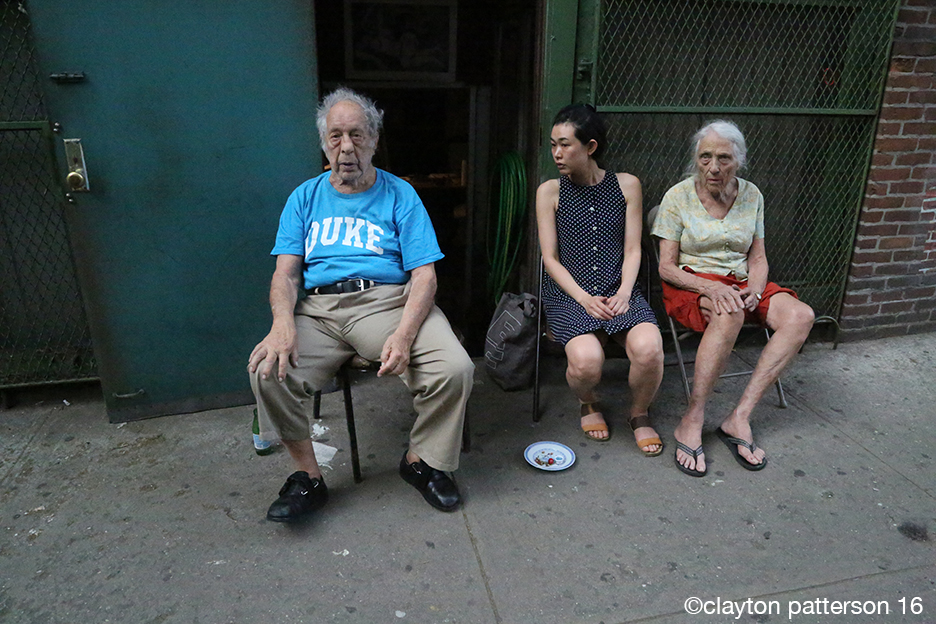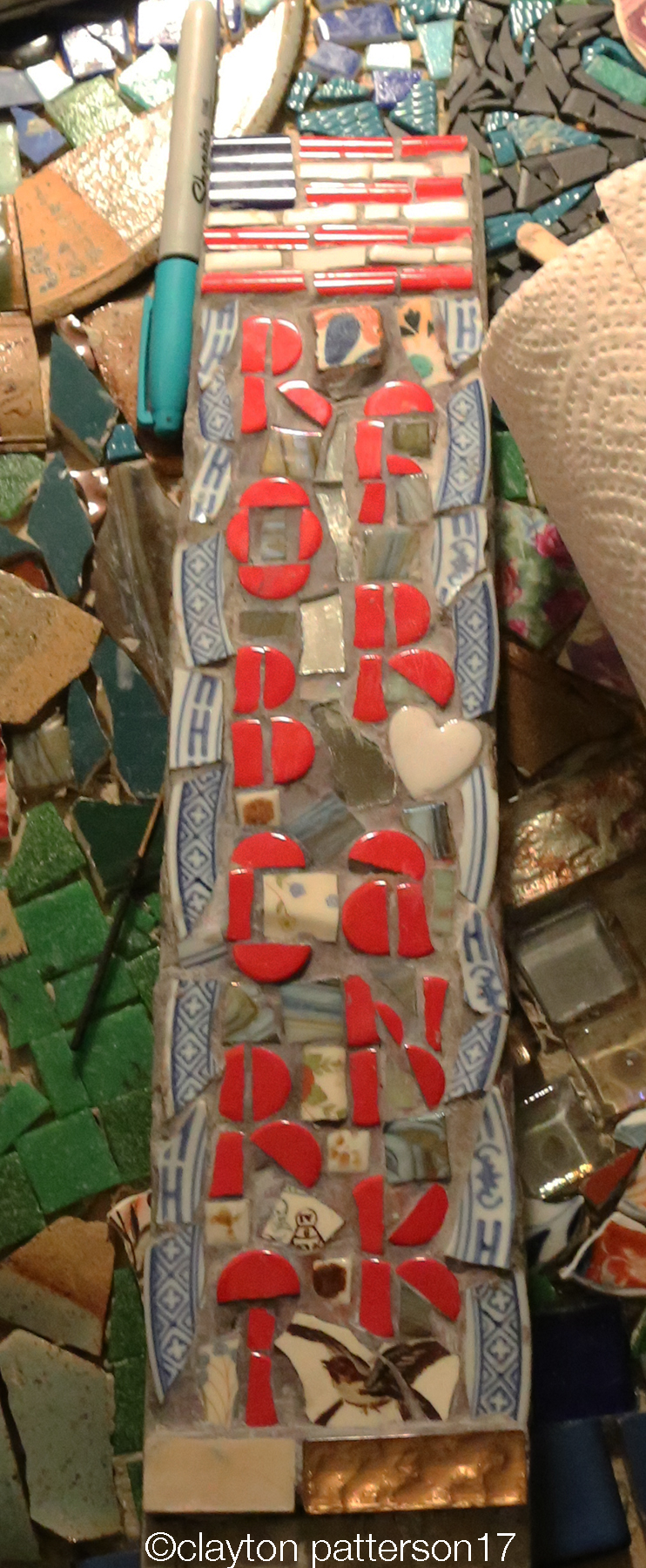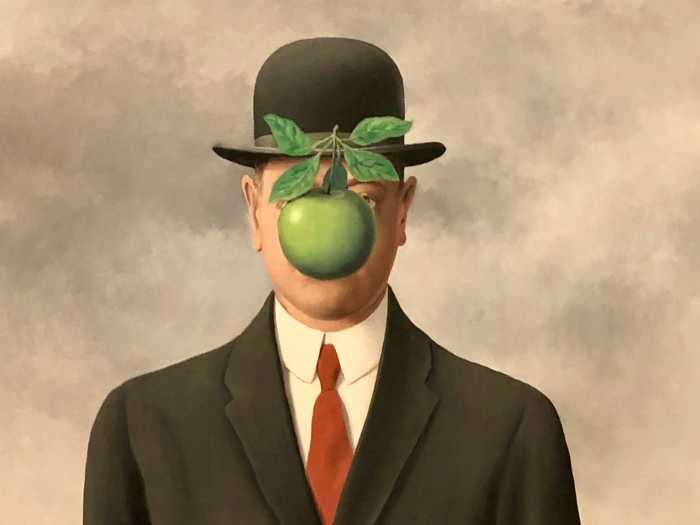
BY LINCOLN ANDERSON | Robert Frank, the legendary photographer whose gritty, snapshot images showed the United States to itself through a new lens, died Monday at age 94. The New York Times reported that he was in Inverness, Nova Scotia, at the time of his death.
A Jewish immigrant from Switzerland, Frank achieved fame with his 1959 photo book “The Americans,” a collection of his black-and-white pictures gathered during trips across the country. The stark images were seen as a form of social criticism by some, as well as a break with the formalized, stiff photographic norms of the day.
Frank, who was friends with Beat writer and icon Jack Kerouac, also directed the film “Pull My Daisy,” released the same year as “The Americans,” which featured Kerouac, poet Allen Ginsberg, musician David Amram and other art luminaries.
Frank and his second wife, June Leaf, lived on Bleecker St. between the Bowery and Elizabeth St. Lower East Side documentarian Clayton Patterson often saw the couple hanging out in front of their building, which is next to the Overthrow hipster boxing gym, at 9 Bleecker St., the former Yippie headquarters. At first, Frank was leery of the new place, but turned out liking it.
“People would see him at Overthrow all the time,” Patterson said, “because he lived right next door. He would often be sitting outside.”

Patterson said, in addition to Kerouac and Ginsberg, Frank was also close with Harry Smith, the underground experimental filmmaker. He said Frank would regularly summer in Canada.
“He recently did this series of Downtown Jewish photographers — David Sandler, Goldis,” Patterson said. “He was slow — I mean, he’s a big guy. Very friendly, quiet and unassuming. Dressed very not flashy, low key. You wouldn’t guess him to be the world-famous photographer that he is.”
Amram, 88, recalled Frank and making “Pull My Daisy.”
“He was the one who filmed that and really took 50 hours of clowning around, and somehow with his great photography and patience, made it into a film,” he said. “He had a 16-millimeter simple camera and a wooden tripod. It was a silent movie, and we would try to see if we could make him laugh so hard the tripod would shake. He had tears rolling down his face. Jack came in and did a spoken narration after if all happened. We were just kidding around and having a huge party.”
As for Frank personally, Amram said, “He was kind of shy. People thought he was kind of standoffish, but he was actually shy. He was very intelligent and warm. He would get very upset when he thought people were pretentious or imperious. He was very much an anti-snob. He never expected that level of success. So he was uncomfortable with people who would grovel.
“He came to New York to escape what he felt was a stuffy, uptight society in Switzerland,” Amram continued. “When he saw snobbery here or any kind of elitism, he was very upset. He liked it when people treated each other with respect and were real.”
As for the powerful impact of Frank’s photography on its times, Amram noted, “The New York of the 1950s and America in general then was a much more stratified society.”
According to the Times, Frank’s two children, Pablo and Andrea, predeceased him. He is also survived by his first wife, Mary Frank.



































